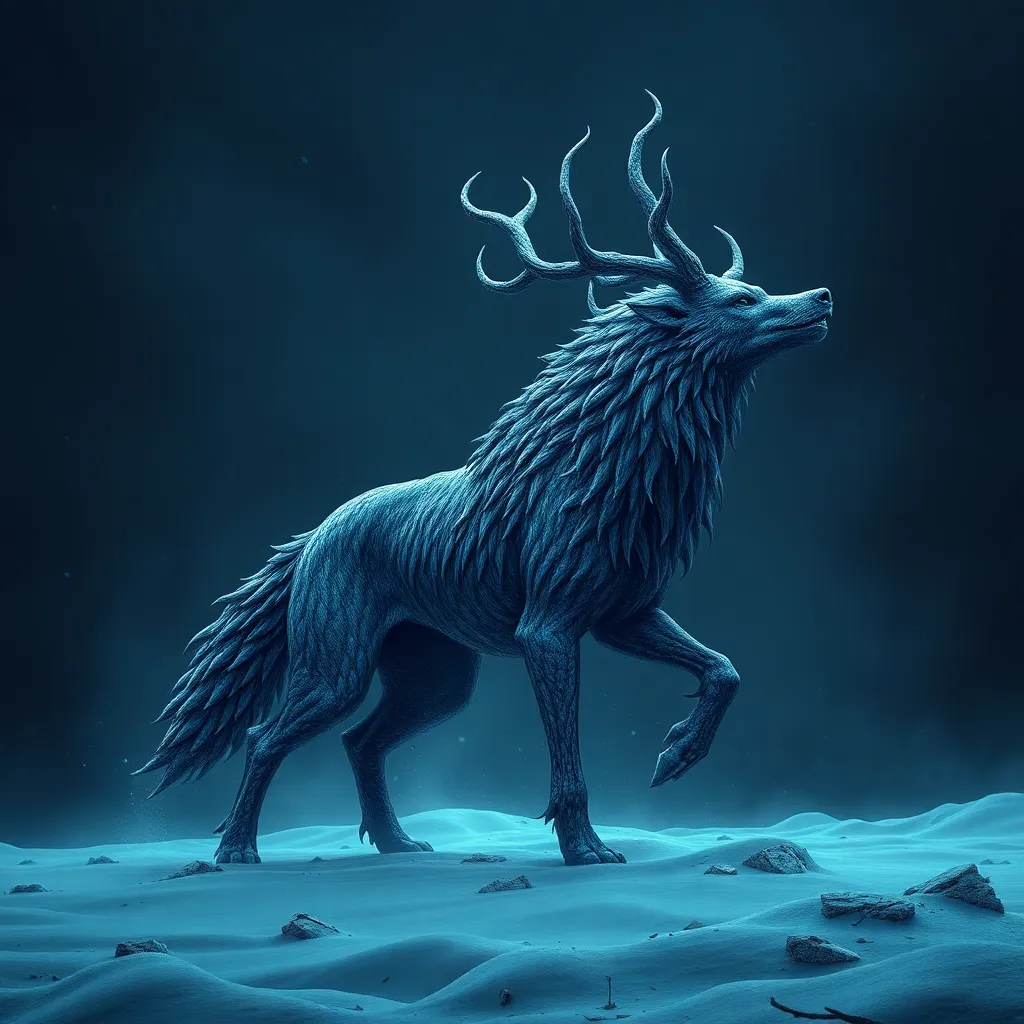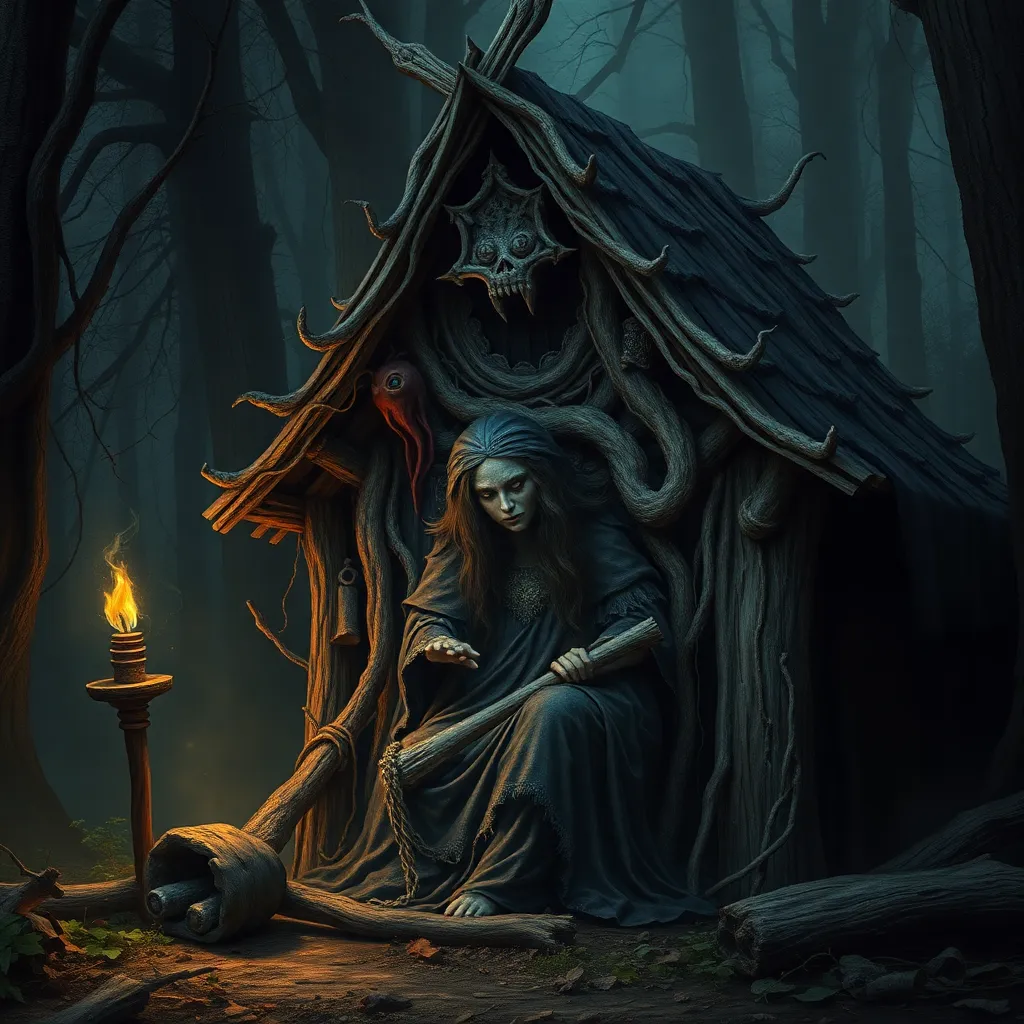The Role of Magic and Sorcery in Norse Mythology
Welcome to our exploration of the fascinating world of Norse mythology and the central role that magic and sorcery play within it. From the powerful god Odin to the cunning witch-like figures known as seiðkonur, magic and sorcery are pervasive elements in the rich tapestry of Norse myths and legends.
The Source of Magic in Norse Mythology
In Norse mythology, magic is closely tied to the concept of seiðr – a form of sorcery and shamanism practiced primarily by women. The most prominent practitioner of seiðr in Norse mythology is Odin, the Allfather, who gained his immense powers through his mastery of this mystical art. While Odin primarily used his magic for knowledge-seeking and prophetic purposes, other characters wielded sorcery for a range of intentions, both benevolent and malevolent.
Types of Magic in Norse Mythology
There are various types of magic and sorcery depicted in Norse mythology. Apart from seiðr, which focuses on manipulation of fate and spirits, another significant form of magic is galdr, involving incantations and the channeling of magical energy through spoken words. Throughout Norse myths, gods, giants, and other fantastical beings utilize these diverse forms of magic to influence the world around them.
Magic in Norse Myths
Many standout tales in Norse mythology revolve around the theme of magic and sorcery. For instance, the binding of the fierce wolf Fenrir – a pivotal event leading to the onset of Ragnarok, the end of the world – showcases the intricate interplay between divine magic and mortal actions. The exploits of the trickster god Loki, known for his shape-shifting abilities and cunning deceits, also highlight the pervasive nature of magic in Norse myths.
Legacy of Magic in Norse Culture
The legacy of magic and sorcery in Norse mythology continues to resonate in modern popular culture. From contemporary fantasy literature to role-playing games and movies, the mystique and allure of Norse magical traditions endure, captivating audiences worldwide. Exploring the rich heritage of magic in Norse mythology offers not only entertainment but also insights into ancient belief systems and cultural practices.
FAQ: The Role of Magic and Sorcery in Norse Mythology
What is the significance of magic in Norse mythology?
Magic, known as “Seidr,” played a vital role in Norse mythology. It was practiced by both gods and mortals, influencing fate, healing, and influencing events.
Who were the main practitioners of magic in Norse mythology?
The most famous practitioner of magic in Norse mythology was the god Odin, who learned the art of Seidr. Besides Odin, goddesses such as Freyja were renowned for their magical abilities.
How was magic used in Norse mythology?
Magic was used for various purposes in Norse mythology. It could be employed for divination, healing, influencing the outcome of battles, as well as shaping destiny and controlling forces of nature.
What role did sorcery play in Norse mythology?
Sorcery, often associated with malevolent practices, was also prevalent in Norse mythology. Sorcery was used by beings like trolls and dark elves to cause harm, create illusions, or curse enemies.
Can anyone practice magic in Norse mythology?
While magic was open to gods, goddesses, and skilled practitioners, not everyone could wield its powers. It required knowledge, training, and often innate talent to harness the forces of magic in Norse mythology.



